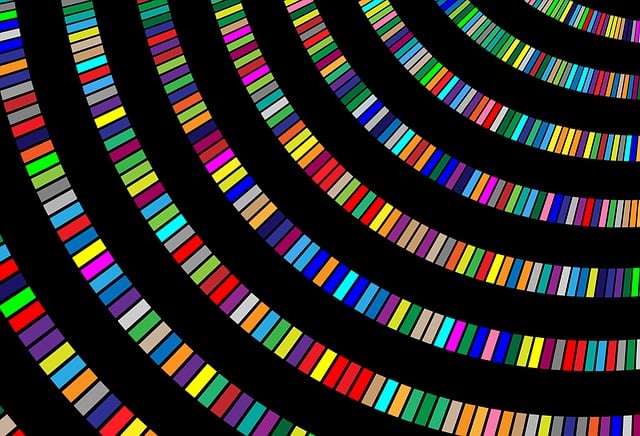There’s nothing better than settling down with a good book. When it comes to non-fiction, books have a lot to teach you. They can further your career and help you stay at the forefront of the design industry. But not all non-fiction books are entertaining or well-written, let alone interesting. That’s why we compiled this list of 12 UX design books you need to read.
If you’re a user experience designer, this list covers every single base. Without further ado, here are our top 12 recommendations.
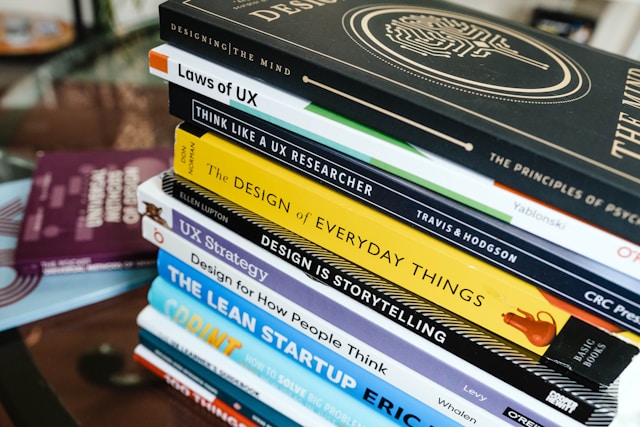
12 Must-Read Books for UX Designers
If you want to learn about UX design, there are several routes you can take. For example, you can look up UX design courses online or check out if there are any books available on the topics you are interested in. Books by UX design experts can:
- Teach you the basics.
- Give you fresh ideas and inspiration.
- Tell you about changes in the industry.
- Challenge you to think in new ways.
Here at Page Flows, we believe these are all important criteria for a great book. The 12 must-read books for UX designers in this guide do all that and more. And there’s something for everyone!

1. Rocket Surgery Made Easy by Steve Krug
Best for: Learning the ropes of usability testing
UX author Steve Krug is one of the best names in the business, and this is one of his top books. If you’re new to the industry, you’ll get a total run-down on the basics. But even if you’re experienced, you’ll get a good refresher.
It’s short and sweet, with 150 pages of easy reading. Its full title, by the way, is Rocket Surgery Made Easy: The Do-It-Yourself Guide to Finding and Fixing Usability Problems. So, it’s the ideal book if you’re looking for information on testing.
However, it has one notable drawback, and that’s its age. Published in 2009, a lot of the information is now about usability testing software. Nevertheless, it’s important to learn the why behind a lot of this tech.
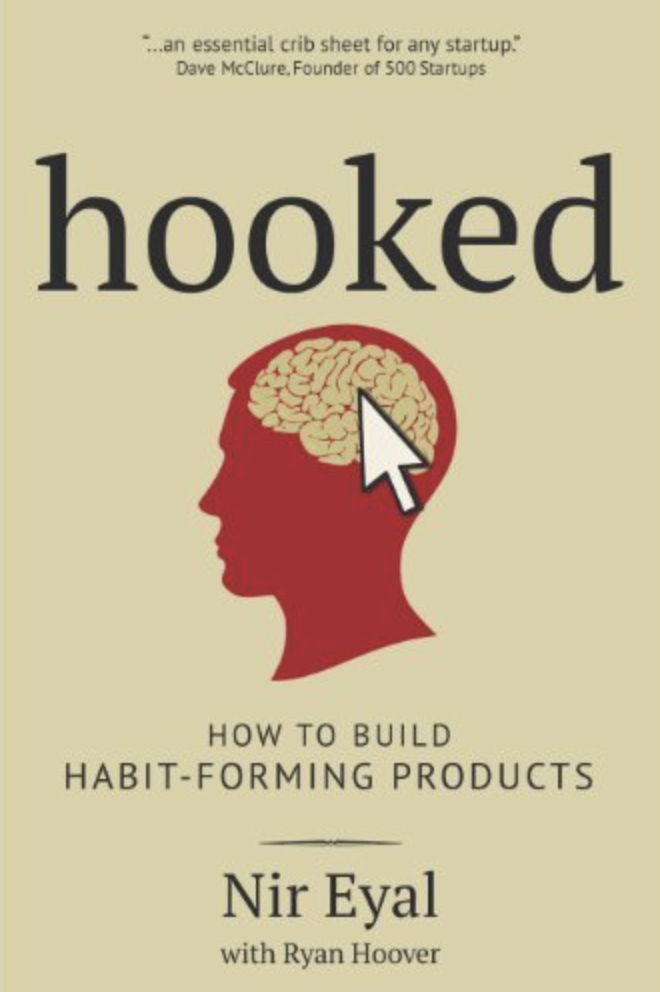
2. Hooked: How To Build Habit-Forming Products by Nir Eyal
Best for: Creating products that have a lasting impact
Nir Eyal coined the “Hook Model” in this book, which is all about psychology in design. The model hinges on four elements:
- Trigger
- Action
- Variable reward
- Investment
These create a habit cycle that keeps your user engaged. After all, users often stick to a particular product out of habit. It’s up to you to form that habit. Eyal highlights the fact that, while this is true, the user still wants (and has to) feel in control of the product.
We recommend reading this book while you’re working on a particular product. That way, you can enhance it with design psychology in mind and keep the ideas fresh in your brain.
However, keep in mind that it’s a little long! The only other drawback is that its examples get a little repetitive and usually revolve around social media. So, if you work in another field, you’ll need to try harder to make the information fit your product.
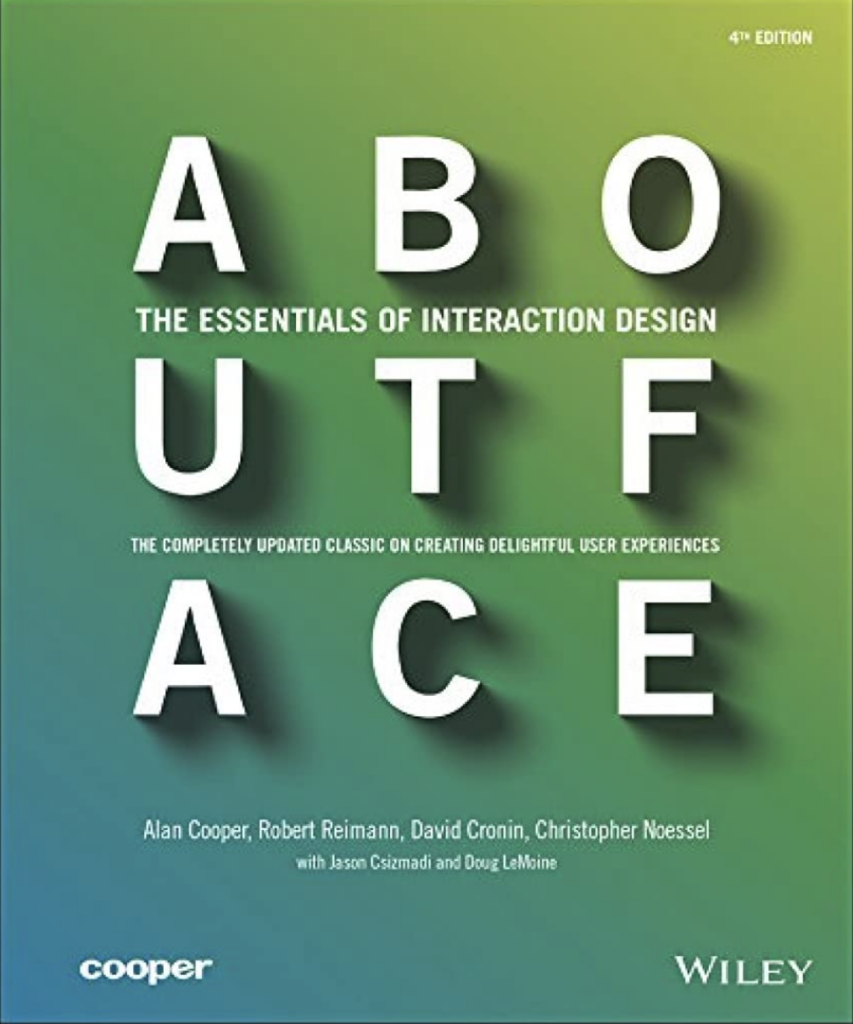
3. About Face: The Essentials of Interaction Design by Alan Cooper Et. Al
Best for: Covering the UX basics
Alan Cooper, Robert Reimann, David Cronin, and Christopher Noessel wrote About Face in 2014. Since then, designers have revered it as a UX bible. It explores a range of topics related to creating user-friendly designs with great UI.
Highlights include a deep exploration of the three Ps:
- Principles
- Patterns
- Processes
But they also include a fourth P: practice. Reading through these will give you a complete overview of the entire UX process. This is perfect for newcomers to the industry. In fact, Cooper even offers a strategy for hiring designers, so it covers literally every base.
By the way, the authors publish new editions from time to time. Currently, in its fourth edition, About Face covers designing for mobile and consumer electronic interfaces. So you don’t have to worry about it having outdated information.
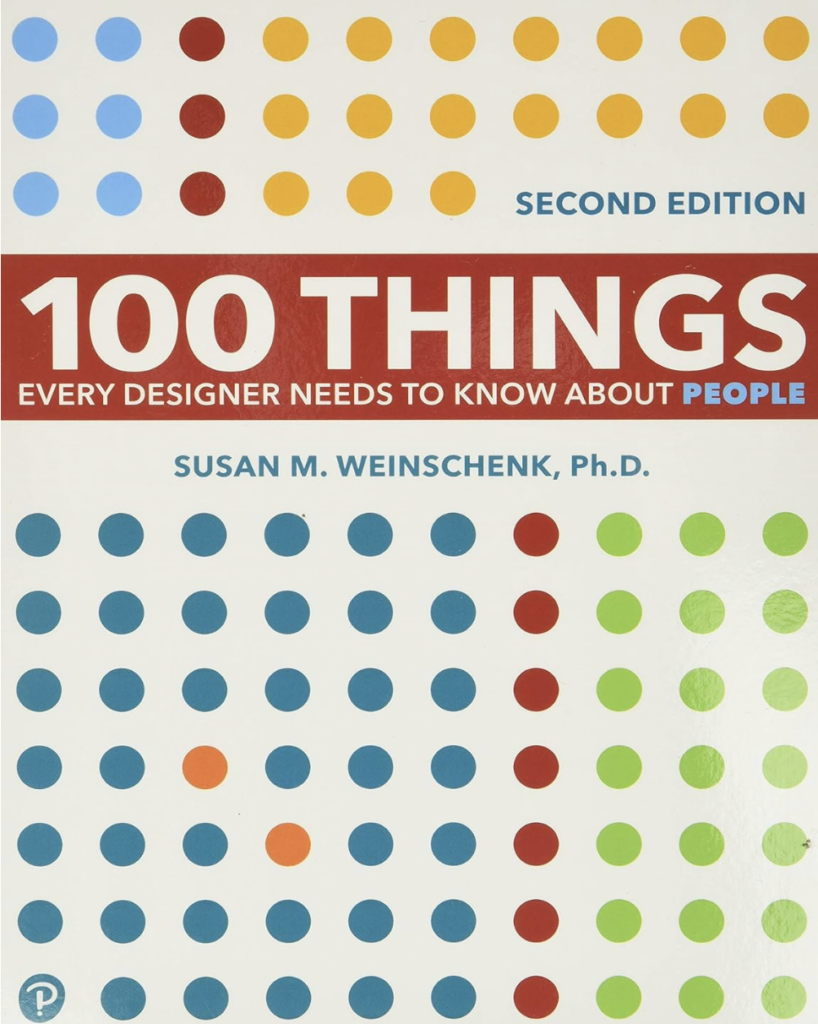
4. 100 Things Every Designer Needs To Know About People by Susan M. Weinschenk
Best for: Any designers
Susan Weinschenk, Ph.D., has written one of the best books for UX design of all time. At this time, Weinschenk lays out one hundred facts about human behavior, categorizing them into clear chapters.
But you don’t just get an education in psychology. You also receive practical advice and actionable tips. These come in the form of “key takeaways” at the end of each section, so you’ll even learn how to apply your knowledge.
Weinschenk’s writing is very accessible, too, and she opens each chapter with a story that introduces the topic. Again, this helps you to really apply the information you learn.
It’s a great book for getting fresh perspectives and design inspiration.
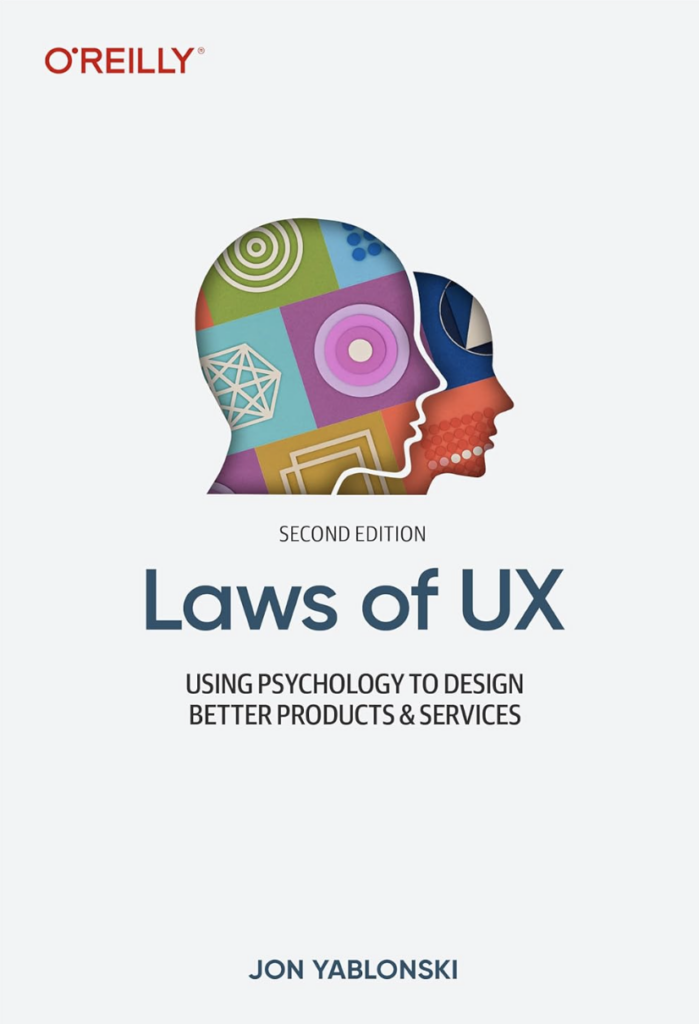
5. Laws of UX by Jon Yablonski
Best for: UX designers who want to know more about psychology
A lot of user experience design is about psychology. If you understand how the human brain works, you can create designs that pander to it. Smart designs, at their core, play to this strength.
In Laws of UX: Design Principles for Persuasive and Ethical Products, Yablonski covers 10 principles of behavioral economics. He combines these with his studies into user behavior to create amazing UX insights.
His book covers laws like the peak-end rule, the Von Restorff Effect, and more. But beyond that, Yablonski also covers the ethical considerations of applying these principles. After all, UX doesn’t exist in a vacuum.
There are examples of each law, too, which makes it much easier to understand.
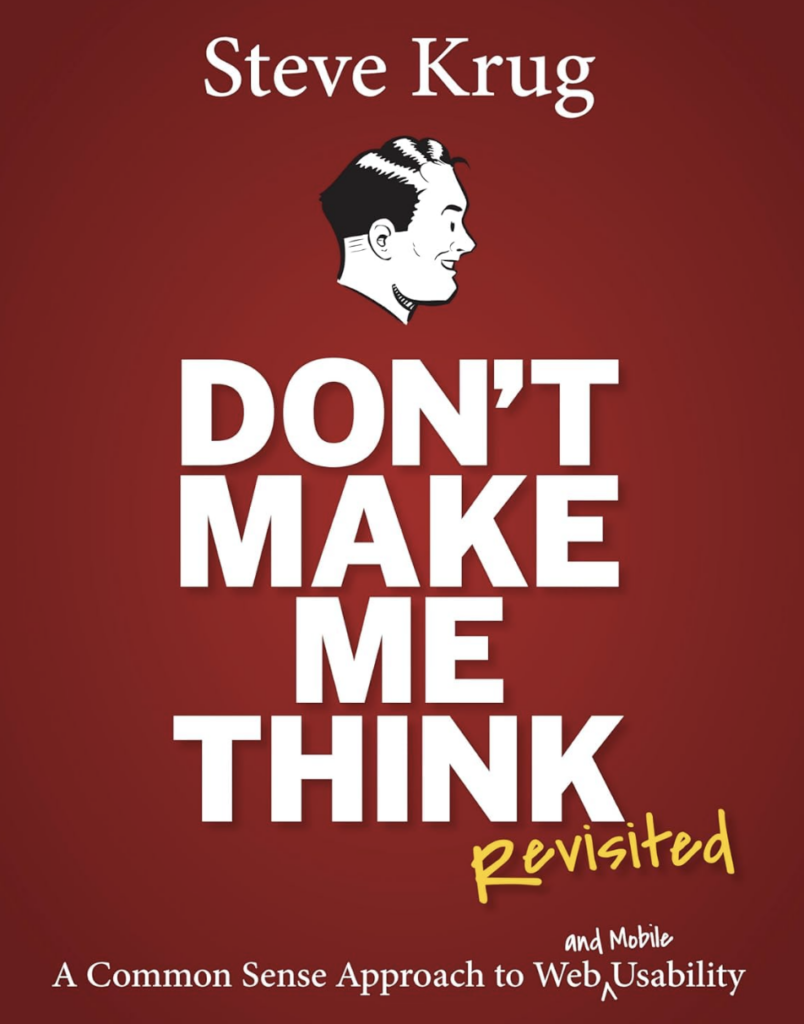
6. Don’t Make Me Think, Revisited by Steve Krug
Best for: Anyone and everyone working in UX
Steve Krug has two books on this list for a very good reason. Don’t Make Me Think is a must-read for anyone working on digital products, whether it’s managers, designers, developers, and more.
The third edition is highly popular. It covers principles of navigation and information architecture. Krug’s main takeaway is that simplicity and consistency are vital in UX. Users don’t want to think when they use your products, and it’s your job to remove the challenges.
Diving beyond the surface of this concept, Krug covers:
- How every stakeholder can contribute to usability
- The importance of usability testing
- How to overcome roadblocks when opinions differ
There are nuggets of wisdom throughout the book, including some hard truths that many UXers might not want to acknowledge. For instance, he notes that nobody actually reads UX microcopy and takes notice of it. There are even further readings in the footnotes that are definitely worth checking out.

7. Build Better Products by Laura Klein
Best for: Product management specialists
Build Better Products: A Modern Approach to Building Successful User-Centered Products is key for product managers. Klein offers a step-by-step approach to product development, considering every angle and potential scenario. There’s even advice on team building.
The book provides a holistic view, so it’s definitely worth checking out. But it’s also not shallow, as Klein also encourages readers to step out of their comfort zones. You’ll find yourself thinking of product development in ways you never had before.
Klein’s approach gives you a full overview of UX and its role in product engineering. It’s a must-read for both individuals and teams, but particularly for product managers.
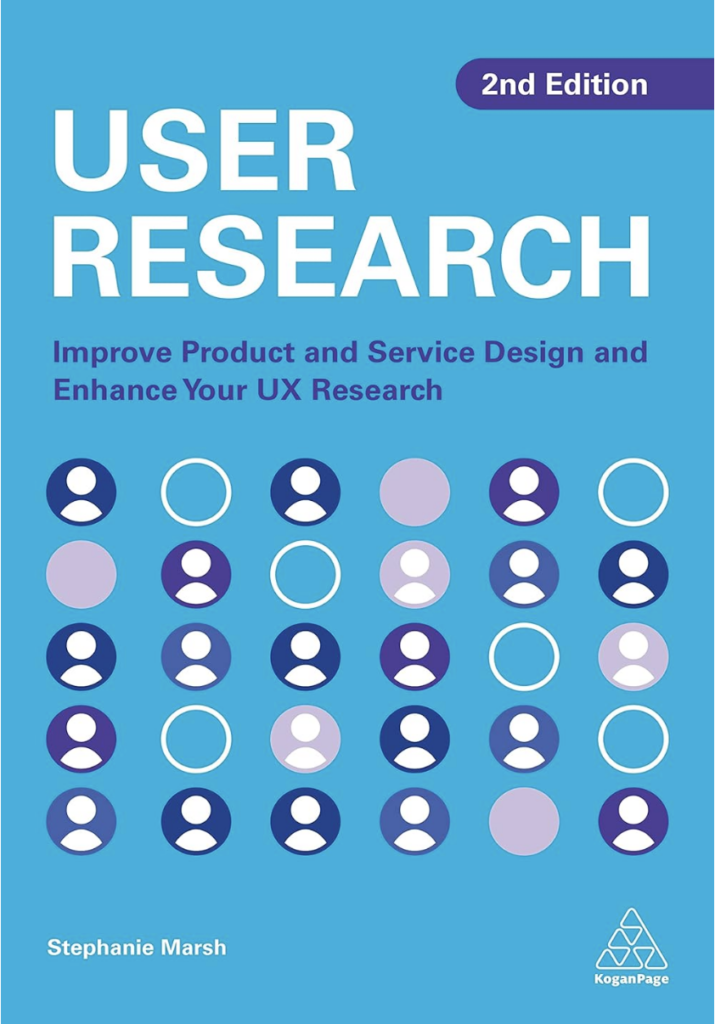
8. User Research: Improve Product and Service Design by Stephanie Marsh
Best for: People doing user research
Perhaps unsurprisingly, based on the title, Stephanie Marsh’s book dives deep into user research. It gives you a comprehensive overview of how you can be a great user researcher. It covers the entire process, from planning to actually conducting the research, with practical advice on each step.
Marsh is a seasoned UX researcher, so she has first-hand knowledge that she draws on throughout this book. Her work covers up-to-date methods for user research and data interpretation based on this experience.
In one Maze survey, 82% of companies said they had a dedicated UX researcher. So, this is an important role!
You’ll learn things like the optimal timing for implementing research and ethical data handling. So, if you’re doing user research at the moment, make sure you pick up a copy.

9. Writing Is Designing by Michael J. Metts and Andy Welfle
Best for: UX writers
This book’s full title is Writing Is Desgining: Words and the User Experience. It dives into UX copy, which is a part of the design process we often overlook.
The book acknowledges the important role that UX writers play in the design team and then addresses their challenges. These include strategizing during the project and implementing best practices.
Notably, this book is probably better for those who already have some experience in the world of UX writing. It’s not a foundational-level book for people new to UX. However, for those working in this field, it provides some great practical insights.
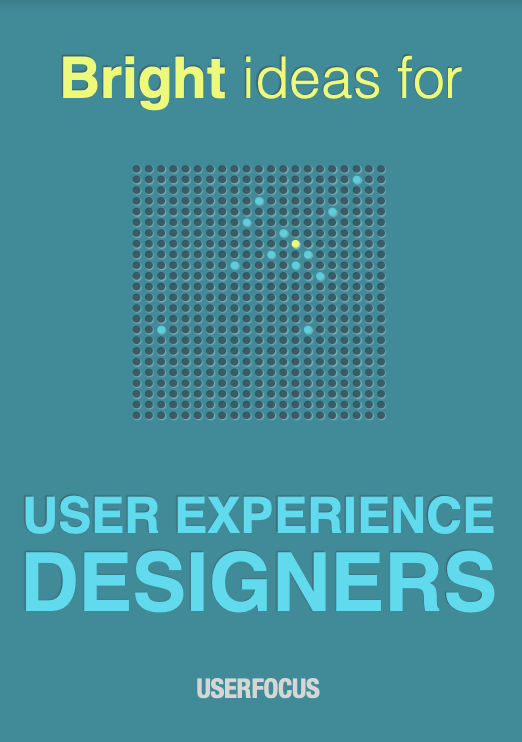
10. Bright Ideas for User Experience Designers by Userfocus
Best for: Newcomers to UX
Are you just starting in UX? Userfocus’s ebook is the perfect fit for you. It covers all the basic design concepts you need to know, touching on the theory and providing real-world examples. You’ll learn:
- How to write support material
- Error communication
- How to draft a compelling UX vision
- How to improve usability
- Efficient prototyping
- The significance of alt text
It’s basically a one-stop shop for all the basics of user experience. And, since it’s an ebook, it’s a good manual to keep on hand.
While experienced UXers might already know most of the material, it’s a good refresher. But, in general, we recommend this one to UX newbies.
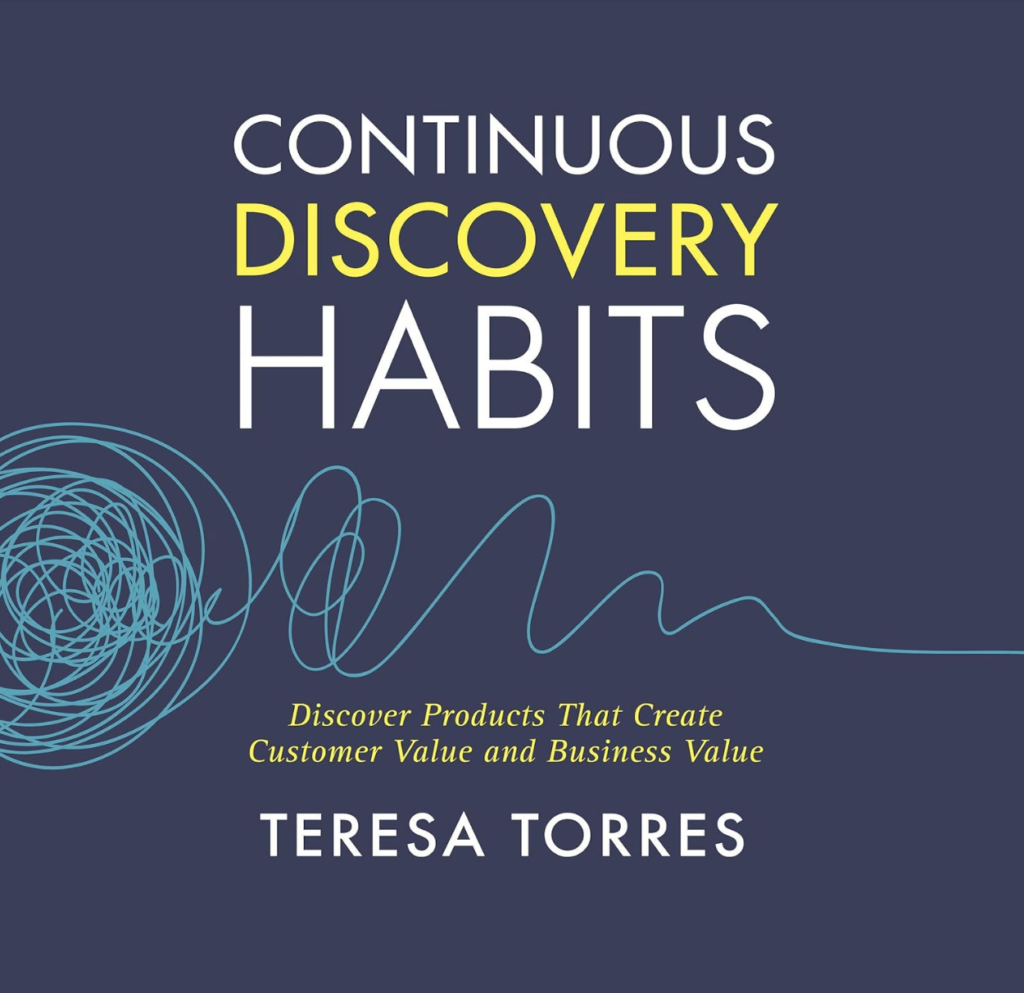
11. Continuous Discovery Habits by Theresa Torres
Best for: Experienced UXers looking to enhance their career
It’s sometimes easy to become stuck in your career. If you work on a design team, you might sometimes feel a little bogged down, wondering how to progress. Continuous Discovery Habits can help you do that.
We always say that the key to UX is iteration. Torres’s book aims to help you iterate while also prioritizing and putting your users first to improve the product. It’s not entirely ground-breaking, but it will help you structure your ideas.
The main takeaway from the book is to build a feedback structure with regular interviewing practice. Actionable insights help you do this, and Torres also explains how to interpret and apply the data you collect.
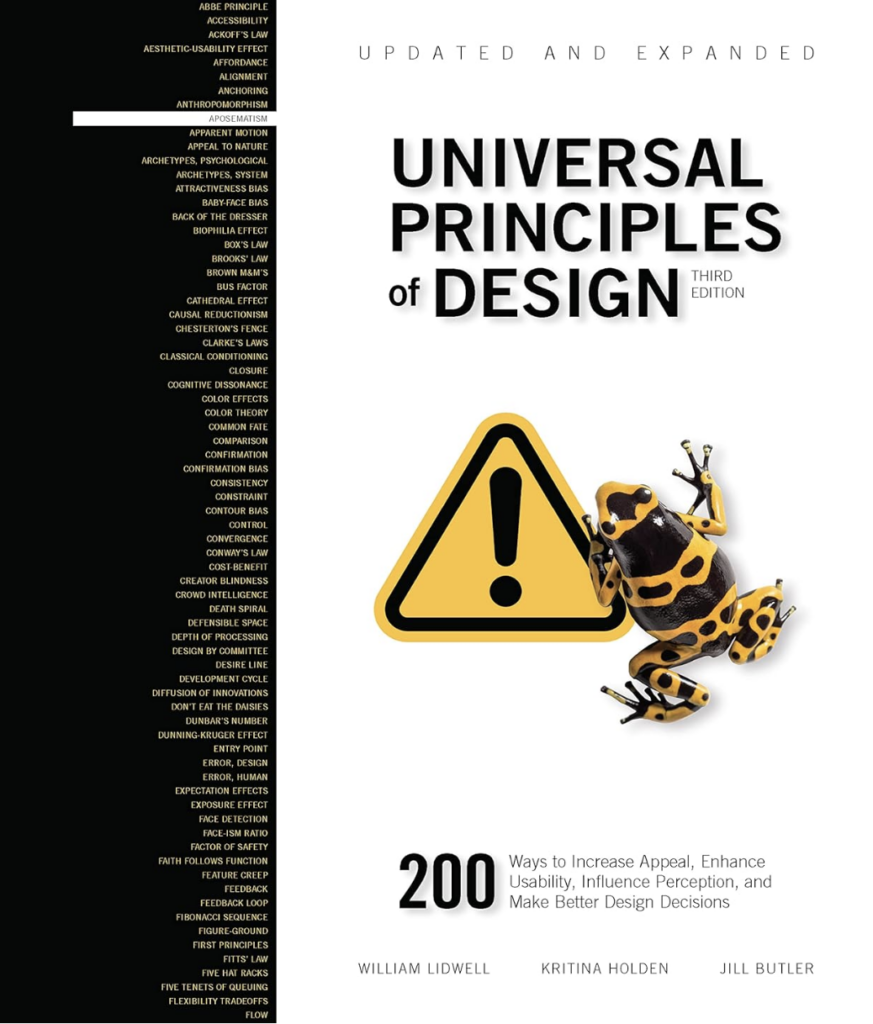
12. Universal Principles of Design by William Lidwell Et Al.
Best for: A comprehensive journey through UX
This book by William Lidwell, Kritina Holden, and Jill Butler is an easy-to-read textbook packed with useful tips. It will help you understand everything from designing products for human behavior to interacting with clients.
Lidwell has an extensive research background, so he provides ample data to underscore the points in the book.
The key takeaways are vast, so we recommend reading this one for a comprehensive understanding.
FAQs
What are the best UX design books?
Some of the best UX design books include:
- Rocket Surgery Made Easy by Steve Krug
- Hooked: How To Build Habit-Forming Products by Nir Eyal
- About Face: The Essentials of Interaction Design by Alan Cooper Et. Al
- 100 Things Every Designer Needs To Know About People by Susan M. Weinschenk
- Laws of UX by Jon Yablonski
Can I teach myself UX design?
Yes, you can teach yourself UX design using various resources. There are plenty of free and paid UX design courses online, and you can also check out some UX design books.
Can I learn UX design in a month?
You can learn the basic skills of UX design in one month. However, if you want to gain deeper knowledge in this field, you should expect to study for at least six months.
UX Design Books: Where Else Can You Learn About UX Design?
Books aren’t the only fountain of knowledge. With the internet, you have every resource at your fingertips; you just need to know which sources to trust. If you’ve read all the UX design books in this list and you’re still looking for inspiration, you’ve found it!
Page Flows is an amazing resource for reading about UX and finding new design ideas. Get started today to access our growing library of user flow recordings and finally stay up-to-date with current design trends.




